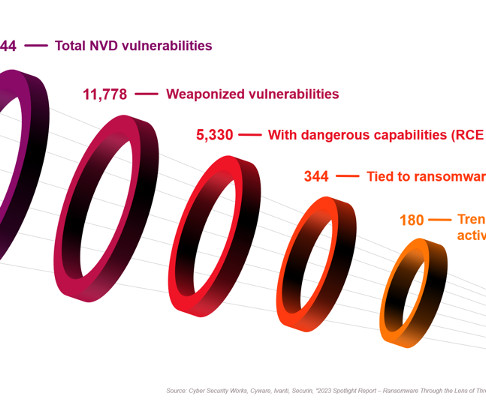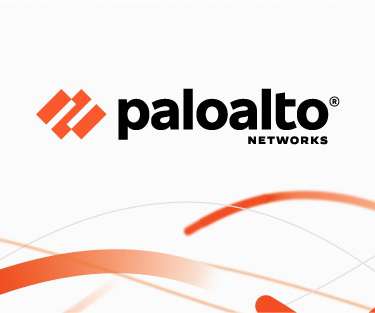Cybersecurity Snapshot: IoT Vendors Fail at Vulnerability Disclosures, While Cyber Threats Again Top Business Risks
Tenable
JANUARY 27, 2023
Learn all about how most IoT product makers lack vulnerability disclosure policies. Then scan the latest list of top malware. Specifically, among 332 IoT product vendors surveyed, only 27% have a vulnerability disclosure policy, even despite an increase in legislation and regulation regarding this issue. And much more!
















Let's personalize your content